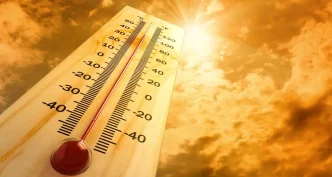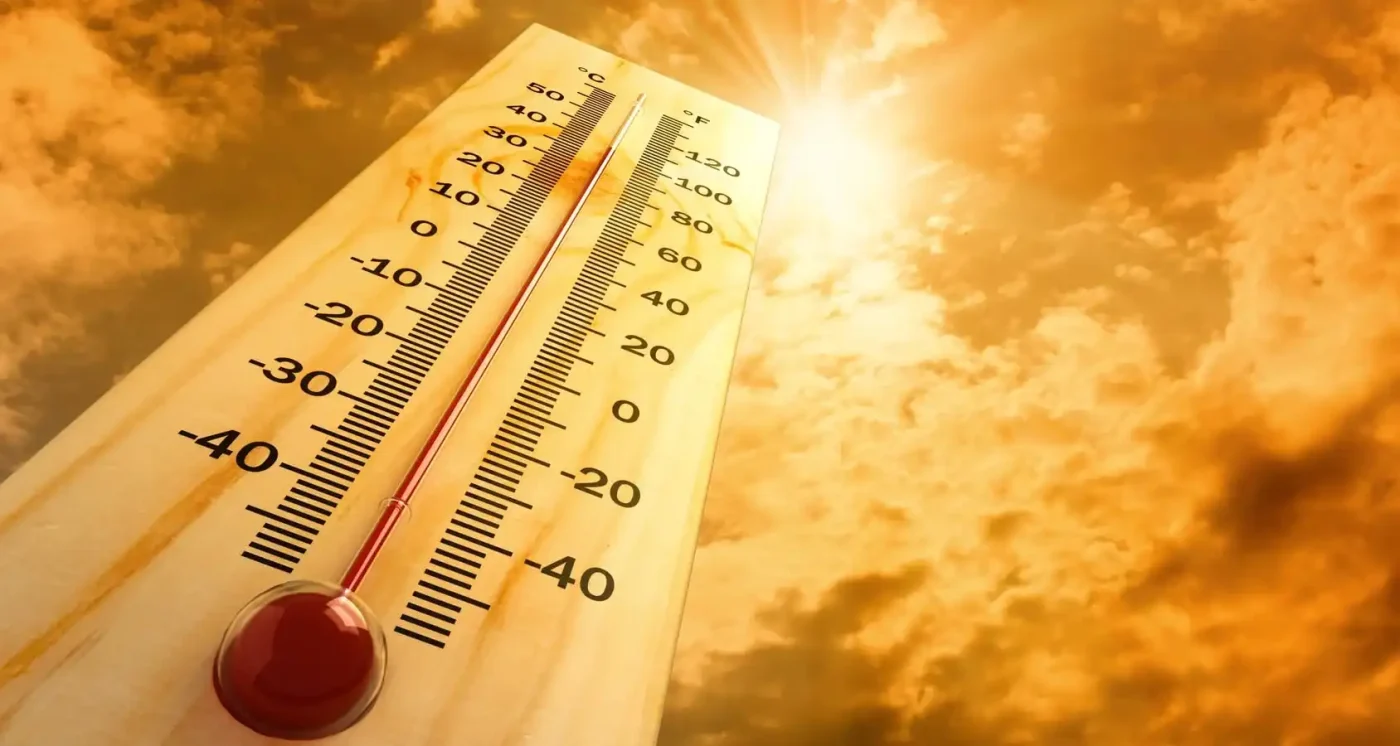As temperatures soar across Malaysia, authorities have issued warnings for citizens to prepare for increasingly hotter days, raising concerns about public health, infrastructure resilience, and the broader implications of climate change. The Malaysian Meteorological Department (MetMalaysia) has forecasted prolonged periods of intense heat, particularly in urban centers like Kuala Lumpur and Penang, prompting calls for adaptive measures to mitigate the impact on daily life.
Rising Temperatures and Public Health Risks
The recent advisory from MetMalaysia highlights a worrying trend: average temperatures in parts of Malaysia are expected to rise significantly over the coming months, with some regions potentially experiencing heatwaves. Urban areas, where the heat island effect exacerbates already high temperatures, are particularly vulnerable. In Kuala Lumpur, daily highs have recently hovered around 35°C (95°F), with humidity levels making conditions feel even more oppressive.
Health officials are urging the public to take precautions, such as staying hydrated, avoiding outdoor activities during peak heat hours, and seeking shade or air-conditioned spaces. “Prolonged exposure to extreme heat can lead to heatstroke and other serious conditions, especially for the elderly and children” said Dr. Noor Hisham Abdullah, a senior health official, in a recent statement to local media. Hospitals and clinics across the country are preparing for a potential uptick in heat-related illnesses as the hot spell continues.
Environmental and Economic Impacts
Beyond immediate health concerns, the rising temperatures are straining Malaysia’s infrastructure and economy. Power consumption has surged as households and businesses crank up air conditioning, putting pressure on the national grid. Tenaga Nasional Berhad, Malaysia’s primary electricity provider, reported a 10% increase in demand over the past month, raising fears of potential blackouts if the trend persists.
Agriculture, a key sector of the Malaysian economy, is also feeling the heat. Palm oil plantations, which account for a significant portion of the country’s export revenue, are at risk of reduced yields due to water shortages and heat stress on crops. Smallholder farmers in regions like Sabah and Sarawak are particularly vulnerable, with some reporting losses of up to 20% in recent harvests. “We can’t irrigate enough to keep up with the dry spells” said Ahmad bin Ismail, a farmer from Johor, in an interview with local press. The economic ripple effects could impact global palm oil prices, given Malaysia’s status as one of the world’s leading producers.
Climate Change at the Forefront
Experts point to climate change as a driving force behind Malaysia’s hotter days. The country, like much of Southeast Asia, is experiencing more frequent and intense weather extremes, from heatwaves to heavy monsoon rains. According to a report by the Intergovernmental Panel on Climate Change (IPCC), temperatures in the region could rise by as much as 2°C by 2050 if global emissions are not curtailed. For Malaysia, this translates to more days of extreme heat, posing challenges to urban planning and disaster preparedness.
Environmentalists are calling for stronger government action to address the root causes of climate change. “We need policies that prioritize renewable energy and reduce deforestation” said Siti Aminah, an activist with the Malaysian Climate Action Network. While the government has pledged to achieve net-zero carbon emissions by 2050, critics argue that current measures, such as subsidies for fossil fuels, undermine these commitments. The heatwave serves as a stark reminder of the urgency required to transition to a more sustainable future.
Community Adaptation and Resilience
On the ground, communities are finding ways to cope with the rising mercury. In Penang, local authorities have set up cooling centers in public buildings, offering respite to residents without access to air conditioning. Schools in some districts have adjusted schedules to avoid outdoor activities during the hottest parts of the day, while street vendors in Kuala Lumpur are using portable fans and makeshift shelters to stay cool.
Urban planners are also reevaluating how cities can be designed to withstand heat. Initiatives like green roofs, expanded tree cover, and reflective building materials are being piloted in places like Putrajaya, the administrative capital. “We need to rethink how we build our cities to make them livable in a warming world” said Dr. Lim Wei Shen, an urban studies expert at the University of Malaya. These efforts, while promising, require significant investment and long-term commitment from both government and private sectors.
Education and International Opportunities Amid Challenges
Amid the environmental challenges, another concern has emerged for Malaysian students planning to pursue higher education abroad. The Ministry of Higher Education recently urged students bound for prestigious institutions like Harvard University to carefully consider their decisions in light of potential travel restrictions, visa delays, and rising costs. While not directly tied to the heatwave, this advisory reflects broader uncertainties facing Malaysians navigating global opportunities during a time of domestic strain.
“We encourage students to check all requirements and conditions before making final decisions” said a ministry spokesperson in a statement to local outlets. For many young Malaysians, studying abroad represents a pathway to better prospects, but the combination of economic pressures at home—exacerbated by climate-related disruptions—and international barriers adds a layer of complexity to their aspirations.
Looking Ahead: A Call for Action
As Malaysia grapples with hotter days, the intersection of environmental, economic, and social challenges underscores the need for comprehensive solutions. The current heatwave may be a temporary phenomenon, but it serves as a preview of a future shaped by climate change. Public awareness campaigns, infrastructure upgrades, and policy reforms will be critical to building resilience in the face of these evolving threats.
For now, Malaysians are adapting as best they can, finding small ways to beat the heat while hoping for cooler days ahead. Whether through community initiatives or national strategies, the question remains: can Malaysia rise to the challenge of a warming world?
















